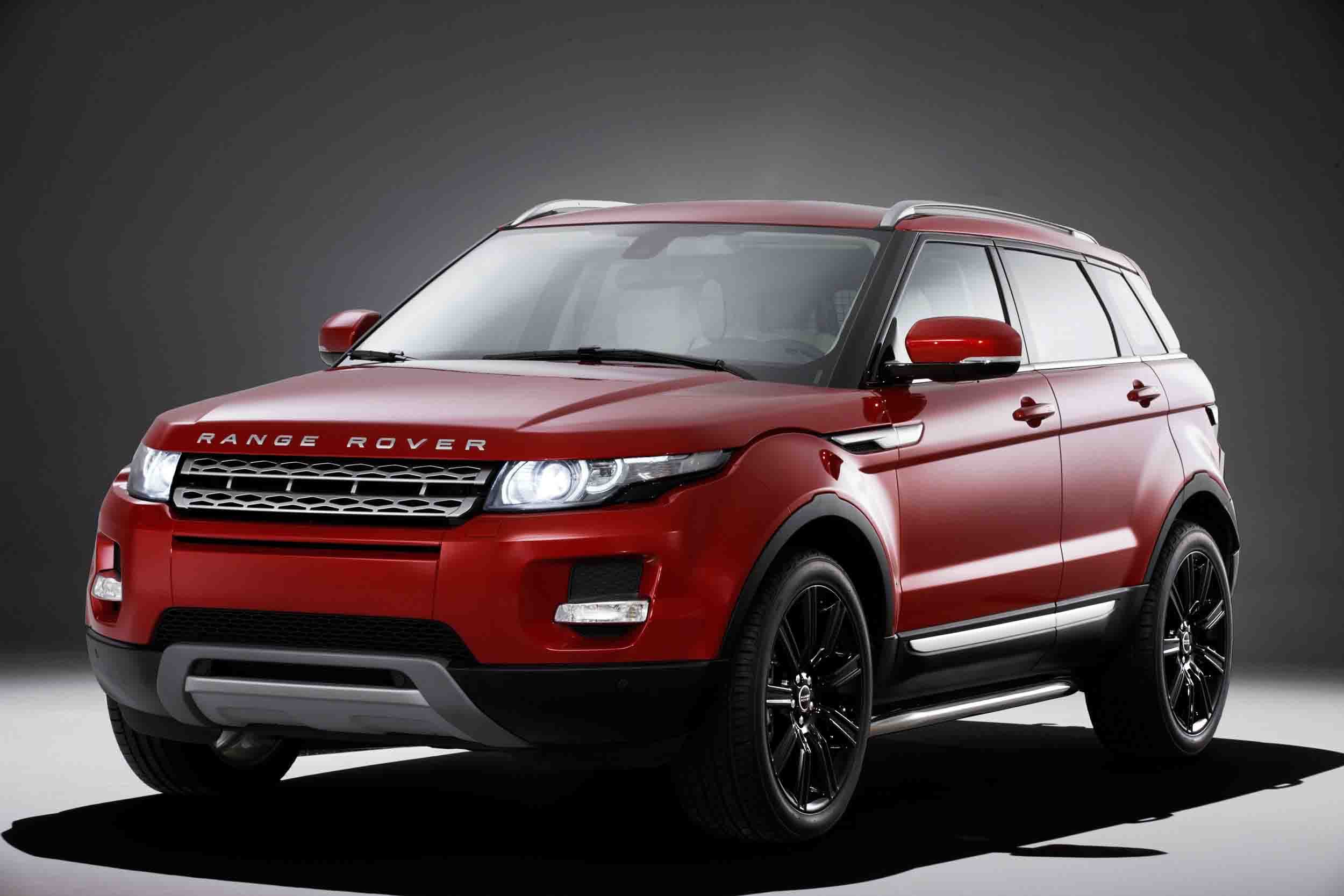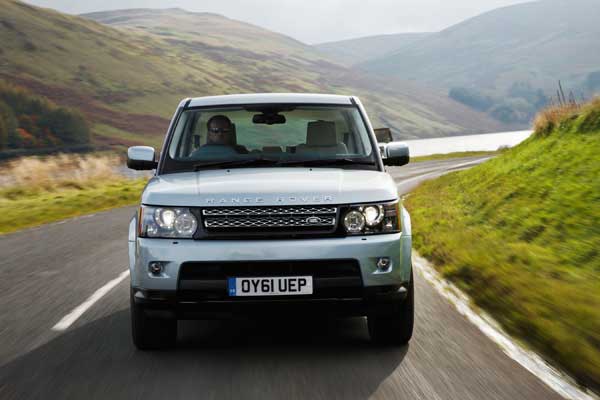
During our initial test drive, it proved to be silky-smooth and provided adequate pep to tug the large Range Rover around. The Range Rover is available with a quartet of powertrains, starting with a turbocharged inline-six with a 48-volt hybrid system dubbed P400 that develops 395 horsepower. The Range Rover will be offered in both short- and long-wheelbase body styles, and we suggest going for the latter since it creates room for a third row of seats and provides a more generous cargo area. For example, the Autobiography comes standard with a 1600-watt Meridian stereo system featuring headrest-mounted speakers and active noise cancellation.

We'd recommend opting for the mid-range Autobiography model, which adds several sought-after items that luxury buyers will appreciate. But it's exactly all of this obvious extravagance that attracts the Range Rover's image-obsessed buyers, and after sampling several variants of this latest generation of the luxury SUV, we can see why. No matter which version you choose you'll pay a six-figure price, which means the Range Rover automatically costs more than entry-level versions of rivals such as the Cadillac Escalade, the Jeep Grand Wagoneer, and the Mercedes-Benz GLS-class. You can also deck the Range Rover out with all manner of luxury features, including massaging seats in both rows, rear bucket seats, power-deployable rear-seat tray tables, and a beverage chiller.

You can choose between inline-six, plug-in-hybrid, and V-8 powertrains. All models come with all-wheel drive, an adjustable air suspension, and plenty of ground clearance. The Range Rover has been the SUV of choice for celebrities and wealthy elites for decades, but even though it pampers its passengers like a luxury car it still offers off-road capability that means it can venture well off the red carpet.


 0 kommentar(er)
0 kommentar(er)
